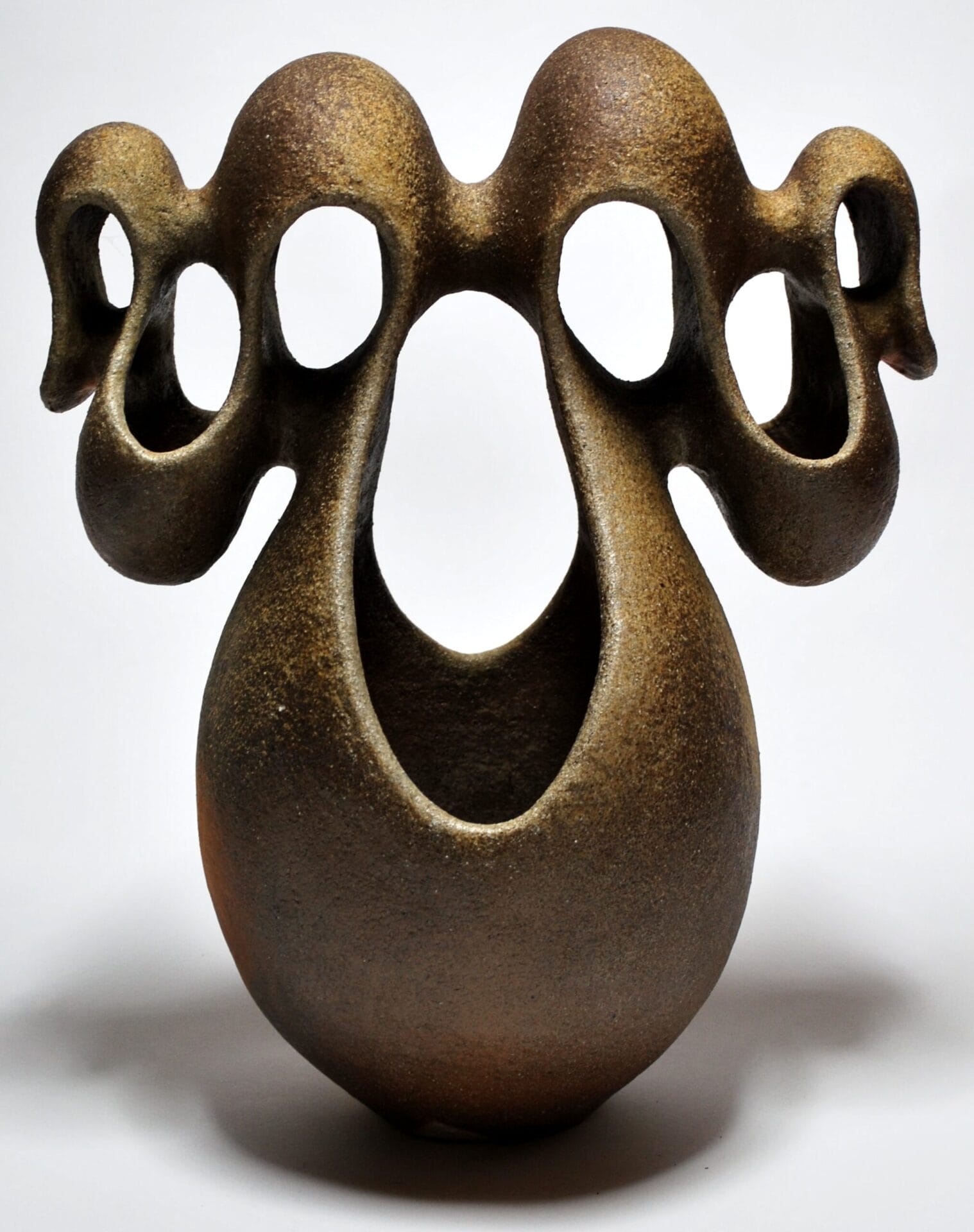The Art of Ceramics with Natural Clay: Connecting with the Earth

Exploring the World of Ceramics
The allure of ceramics has captivated artisans and enthusiasts for centuries, evolving into a form of artistic expression that is as functional as it is beautiful. In today’s world, as more people seek sustainable and eco-friendly art forms, the use of natural clay has gained remarkable traction. This ancient craft not only yields stunning pieces but also fosters a profound connection with the Earth, encouraging a deeper appreciation for the raw materials that shape our environment.
When creating ceramics using natural clay, artists embark on a journey rich in exploration. The diverse range of clays opens the door to:
- Textural Variety: From smooth stoneware to coarse earthenware, each type of clay has its own physical characteristics. Artists can manipulate these textures to create visual interest, allowing each piece to tell its own story through its surface.
- Eco-Consciousness: Utilizing locally sourced clays not only minimizes transportation emissions but also supports local economies. Many ceramists in the United States prioritize sustainable practices by avoiding synthetic materials and focusing on eco-friendly glazing options.
- Cultural Heritage: Ceramics often serve as a canvas for cultural narratives. For instance, Native American pottery showcases intricate designs and traditional techniques that speak to the community’s history and values, emphasizing the importance of preserving these legacies.
The tactile experience of working with clay invites a sensory connection that is both fulfilling and therapeutic. Whether in the solitude of a studio or amidst nature, crafting with natural clay promotes mindfulness and creativity. The act of molding clay can serve as a meditative practice—allowing artists to ground themselves in the moment, reducing stress while simultaneously fostering innovative ideas.
In our exploration of ceramics, we will delve into several key areas:
- Techniques: Discover methods such as hand-building, which involves shaping clay without a wheel, and wheel-throwing, where the artist spins the clay on a potter’s wheel to form symmetrical pieces. Glazing techniques add vibrancy and finish to ceramics, enhancing both durability and visual appeal.
- Tools: Learn about essential tools for potters, including shaping tools, rib tools for smoothing surfaces, and carving tools for detailed designs. Understanding how to effectively use these instruments is vital for creating professional-quality ceramics.
- Benefits: Beyond artistic expression, engaging with ceramics can significantly support mental health by providing an outlet for stress relief and personal growth. The act of creation generates a sense of accomplishment and pride, fostering a more profound connection to one’s environment.
Join us on this journey to uncover the transformative power of ceramics and the significance of sustainable practices in an ever-changing world. As you explore this medium, you may find yourself not only creating art but also nurturing a deeper relationship with the natural world around you.

DIVE DEEPER: Click here to uncover the benefits of music therapy
Techniques in Natural Clay Ceramics
The artistic journey of working with natural clay begins with the mastery of various techniques that are essential in bringing unique visions to life. Two prominent methods—hand-building and wheel-throwing—each provide distinct opportunities for expression and innovation.
Hand-Building Techniques
Hand-building is an ancient practice where artists shape clay manually, allowing complete creative freedom. This technique includes several approaches:
- Pinching: Starting with a ball of clay, artists pinch and press to form simple yet striking shapes, creating bowls or cups that showcase organic imperfections.
- Coiling: In coiling, long, snake-like strands of clay are layered to build up walls of vessels. This technique encourages creativity and structural complexity, resulting in beautiful sculptures and functional pottery alike.
- Slab Building: Artists roll out flat pieces of clay to create geometric shapes. Slab building is particularly effective for producing larger, more intricate designs, allowing for both angular and soft shapes that challenge conventional norms in ceramics.
Regardless of the method, hand-building connects artists not only to the clay in their hands but also to the time-honored traditions that span centuries. This hands-on experience emphasizes a tactile relationship with the materials, grounding artists in the present.
Wheel-Throwing Mastery
For those drawn to symmetry and precision, wheel-throwing offers an entirely different experience. As the pottery wheel spins, the artist applies pressure and skill to shape the clay into circular forms, which can range from delicate teacups to robust vases. The beauty of wheel-throwing lies in its rhythm; each turn of the wheel allows potters to hone their technique, exploring the delicate balance between control and fluidity.
Additionally, wheel-throwing opens up avenues for intricate designs and glazing techniques that enhance the appeal of each piece. Different glazes react uniquely with clay, resulting in captivating color gradients and textures that elevate the artistic quality of ceramics.
The Role of Glazing
The finishing touch on any ceramic piece is the glazing, which not only adds vibrant colors but also provides a layer of protection. With natural clay, artists often opt for non-toxic, eco-friendly glazes that complement their commitment to sustainability. By investigating the interaction between clay and various glazes, ceramists can achieve results that reflect personal style while respecting the environment.
As we delve deeper into the techniques of ceramics, it becomes apparent that this craft is not merely about creating functional items but is a profound expression of individuality and an invitation to reconnect with the Earth. The journey of mastering these techniques fosters a unique relationship with both the materials and the creative process, encouraging artists to celebrate their connection to the natural world.
| Advantages | Benefits of Natural Clay Ceramics |
|---|---|
| Sustainability | Natural clay is an eco-friendly material, minimizing environmental impact during production. It provides a sustainable alternative to synthetic ceramics. |
| Enhanced Aesthetics | Art created with natural clay has a unique, organic quality, showcasing earthy tones and textures that enrich any space. |
| Thermal Properties | Natural clay ceramics possess excellent thermal insulation – making them warm and inviting for functional use. |
In the exploration of the art of ceramics with natural clay, one gathers insights on how connection with the Earth extends beyond aesthetics. Ceramics made from natural clay are highly regarded for their sustainability. The use of locally sourced materials is integral, contributing to an eco-friendly approach that honors the environment while producing stunning artwork.Moreover, the unique qualities of natural clay result in ceramics that are not just visually appealing but also embody a sense of craftsmanship that resonates with the history of humanity’s relationship with the Earth. The use of earthy tones and textures fosters a serene atmosphere that can transform living spaces.Furthermore, these ceramics display exceptional thermal properties, making them perfect for both functional and decorative uses in a home. With these multifaceted benefits, the art of ceramics with natural clay invites enthusiasts to embrace a deeper, more grounded experience with their craft.
DISCOVER MORE: Click here to learn about the therapeutic power of music</p
Exploring the Cultural Heritage of Natural Clay Ceramics
In addition to the techniques and methodologies employed in natural clay ceramics, it is essential to recognize the deep cultural heritage that these practices embody. Different regions across the globe have unique traditions rooted in the use of clay, illustrating how ceramics serve not just functional roles but also as vessels of cultural expression and identity.
The Native American Influence
Among the indigenous peoples of the United States, Native American pottery represents a rich cultural legacy, characterized by intricate designs and techniques passed down through generations. Potters from the Pueblo tribes, for example, utilize locally sourced clay and traditional methods, such as coiling, to create pottery adorned with symbolic motifs that reflect their connection to nature and spiritual beliefs.
Pueblo pottery is well known for its stunning use of natural pigments derived from minerals and plants, creating colors that are both earthy and vibrant. The artists’ intimate relationship with their materials invites a deeper appreciation for the land it comes from, emphasizing the communal aspect of this art form. By crafting pottery in harmony with the environment, Native American artists maintain a profound relationship with their heritage and the earth.
Asian Ceramics: A Historical Legacy
Across the Pacific, Asian ceramics also present a fascinating juxtaposition of art and functionality, with a history that dates back thousands of years. In countries like China, Korea, and Japan, natural clay has been used to produce exquisite pieces that demonstrate the skill and sophistication of their makers. The Japanese Raku technique, for example, celebrates the beauty of imperfection, allowing for unique finishes that mirror the simplicity and elegance found in nature.
Japanese artisans have perfected the glazing process, often using ash or minerals to create stunning effects that resonate with their cultural philosophies, especially the Zen principles of mindfulness and harmony. Each piece tells a story, bridging the past with contemporary practices, enriching the global landscape of ceramics.
Modern Interpretations and Eco-Consciousness
Today, artists worldwide are increasingly embracing natural clay ceramics as a means of expressing their commitment to sustainability. As climate change and environmental concerns become more pressing, many ceramists are prioritizing eco-friendly practices, from sourcing organic materials to adopting less harmful firing processes. This contemporary approach blends traditional craftsmanship with modern innovation, demonstrating a growing awareness of the ecological impact of art.
Furthermore, the resurgence of interest in artisanal goods has paved the way for new generations of artists who are eager to learn about the history and significance of ceramics. Workshops and community initiatives focused on the art of pottery encourage individuals to explore their creativity while deepening their connection to the earth. Through these educational gatherings, participants often embrace the regenerative aspect of working with natural clay, fostering appreciation for traditional methods and nurturing a strong sense of community.
In this context, the art of ceramics with natural clay transcends mere creation; it serves as a bridge connecting individuals to their cultural roots and the environment. Each crafted piece not only tells a personal story but also challenges the consumerism often associated with modern society, inviting deeper reflection on our relationship with art and nature.
DIVE DEEPER: Click here to discover the therapeutic power of music</p
Conclusion: The Lasting Impact of Natural Clay Ceramics
The art of ceramics using natural clay embodies a rich tapestry of history, culture, and sustainable practices that connect us deeply to our Earth. From the intricate designs of Native American pottery to the serene beauty of Japanese Raku, each ceramic piece reflects the unique relationship artisans have cultivated with their materials and the environment. This art form serves not only as a functional craft but also as a testament to our shared cultural heritage and identity.
In the face of modern challenges, such as climate change and rampant consumerism, the resurgence of interest in handcrafted ceramics offers a refreshing perspective on sustainability. By embracing eco-friendly techniques, artists today are redefining traditional practices while ensuring their creations honor the earth from which they derive. This synergy of old and new not only promotes individual creativity but also encourages a collective responsibility toward our planet.
As interest in natural clay ceramics continues to grow, it invites individuals to actively engage with their creativity while fostering an appreciation for craftsmanship that transcends generations. Workshops and community initiatives become vital spaces for learning, exploration, and connection, reminding us that art can be a vehicle for not just personal expression but also profound environmental consciousness.
Ultimately, the journey of ceramics with natural clay invites us to reflect on our role as stewards of the earth, urging us to consider the stories behind every crafted piece. In doing so, we harness the ability to build a more sustainable and culturally rich future, one ceramic creation at a time.


